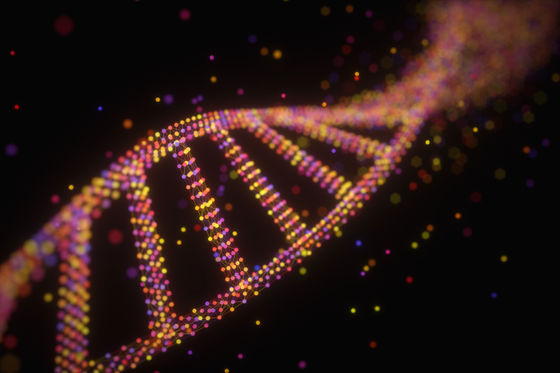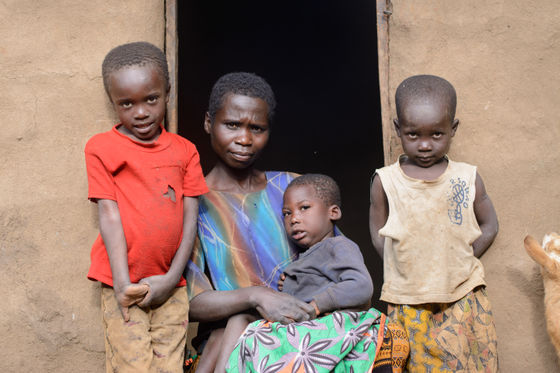What is 'Type 5 diabetes' newly recognized in 2025?

At the World Diabetes Congress on April 8, 2025, the International Diabetes Federation officially
Type 5 diabetes is a newly recognized disease – here are all the types of diabetes you need to know about
https://theconversation.com/type-5-diabetes-is-a-newly-recognised-disease-here-are-all-the-types-of-diabetes-you-need-to-know-about-256262

According to Beal, there are more than 12 types of diabetes, and the classification is not as neat as you might imagine from the numbers. Therefore, Beal summarized the four classifications, including some that many people may not be familiar with, and the newly established fifth type of diabetes into the following five types.
◆Type 1 diabetes
Type 1 diabetes develops when the body's immune system mistakenly attacks insulin-producing cells in the pancreas, an autoimmune response that can occur at any age, from infancy to the elderly.
This type of diabetes is thought to result from a combination of genetic predisposition and environmental factors, such as viral infections, and is not related to diet or lifestyle.
Treatment involves lifelong insulin therapy via injections or

Some people who suffer from
In addition, some people have undergone 'beta cell therapy,' in which beta cells in the islets of Langerhans in the pancreas are created from stem cells and transplanted, although this requires strong immunosuppressants. This treatment is aimed at treating diabetes more effectively, but at the time of writing it is still in a small number of experimental trials and has not yet become widespread.
◆Type 2 diabetes
Type 2 diabetes is the most common type of diabetes and is often associated with a high body mass index (BMI), but there is a strong genetic predisposition to developing type 2 diabetes even in people of normal weight, and certain groups, particularly South Asians and people of African and Caribbean descent, are at increased risk even when they are thin.
Dozens of blood sugar control drugs are used to treat type 2 diabetes. Some of these stimulate insulin production, while others, such as metformin , which is recommended as the first-choice drug, improve insulin sensitivity or suppress glucose production in the liver.

In addition, lifestyle changes can also help improve type 2 diabetes. For example, a 2018
◆Gestational diabetes
This type of diabetes literally begins during pregnancy, usually between 24 and 28 weeks, and is caused by hormonal changes that make the body less sensitive to insulin.
Risk factors include being overweight or obese, a family history of diabetes, having a large baby in a previous pregnancy, and age, as insulin sensitivity decreases with age. Treatment involves diet, exercise, and oral or injectable insulin preparations.

Rare diabetes
In addition to the 12 or more classifications mentioned above, there are said to be at least nine subtypes of diabetes, some of which are caused by rare genetic mutations or treatments such as steroids or surgery.
The main types include ' neonatal diabetes ', in which some of the gene mutations affect insulin secretion from the pancreas, ' maturity-onset diabetes of the young (MODY) ', which is associated with gene mutations that affect the way the developing pancreatic cells sense sugar, ' type 3c diabetes', which is triggered by damage to the pancreas from pancreatic cancer, surgery for its treatment, pancreatitis, etc., and 'cystic fibrosis- related diabetes', which is caused by the genetic disease cystic fibrosis.

◆Type 5 diabetes
The newly recognised type 5 diabetes is associated with childhood malnutrition and is more prevalent in low-income countries, with an estimated 20 to 25 million people affected worldwide.
Some people with type 5 diabetes may lose weight or develop insulin deficiencies, but unlike type 1 diabetes, the insulin deficiency is not caused by the immune system. It is thought to be caused by a lack of nutrients needed for the pancreas to develop properly during childhood.

'Previous research in rats has shown that a low-protein diet during pregnancy or adolescence can lead to underdeveloped pancreas. A smaller pancreas means fewer reserves of insulin-producing cells, so underdeveloped pancreas is a risk factor for many types of diabetes,' Beal said.
'As medicine advances, the classification of diabetes is evolving,' said Beal. 'Recognizing malnutrition-associated diabetes as type 5 will invigorate the discussion. This is a step towards better global understanding and care, especially in low-income countries.'
Related Posts:
in Science, Posted by log1l_ks







